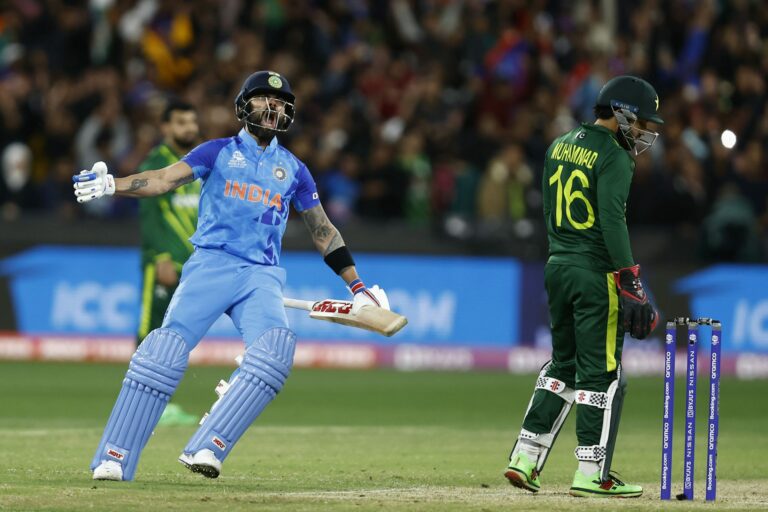The Physics of a Cricket Ball: A Scientific Analysis
A cricket ball is typically made up of a core of cork, which is then tightly wound with layers of twine. The outer covering of the ball is traditionally leather stitched together in a distinctive pattern. This construction gives the ball its structure and durability during fast-paced gameplay.
The weight of a cricket ball is standardized at approximately 5.5 to 5.75 ounces, with a circumference of around 8.81 to 9 inches. The red color of the ball is used in test matches, while white balls are used in limited-overs formats. The distinct and uniform composition of a cricket ball plays a crucial role in the game, influencing factors such as swing, seam movement, and bounce on the pitch.
How Speed Affects the Trajectory of a Cricket Ball
When it comes to the game of cricket, the speed at which a ball is bowled plays a crucial role in determining its trajectory. The faster a ball is delivered, the less time the batsman has to react, making it more challenging for them to accurately predict where the ball will go. Speed directly impacts the angle at which the ball bounces off the pitch, causing it to deviate from its initial path. As a result, fast bowlers are able to generate more unpredictable trajectories, keeping the batsmen on their toes and testing their reflexes to the fullest.
Moreover, the speed of the ball also influences the amount of swing or seam movement it can generate in the air. When a ball is bowled at high speeds, it tends to swing less as the airflow around it becomes turbulent, reducing its ability to deviate from its trajectory. However, with slower deliveries, bowlers can often manipulate the movement of the ball in the air, creating conditions that are favorable for swing bowling. By varying their speeds intelligently, bowlers can exploit the conditions of the pitch and outwit the batsmen by producing deliveries with varying trajectories that keep them guessing.
The Impact of Spin on a Cricket Ball’s Movement
When a cricket ball is bowled with spin, it introduces a new dimension to the game. The phenomenon of spin can significantly alter the trajectory and movement of the cricket ball as it travels towards the batsman. Spin is categorized into two main types: off-spin and leg-spin, each achieved by the bowler imparting a spinning motion on the ball as it is released.
Off-spin bowlers typically rotate the ball clockwise when viewed from above, causing the ball to spin from the off-side towards the leg-side for a right-handed batsman. This type of spin can create deceptive movement, making it challenging for the batsman to predict the ball’s path accurately. Conversely, leg-spin bowlers rotate the ball anti-clockwise, resulting in the ball spinning from the leg-side to the off-side for a right-handed batsman. This type of spin can produce sharp turns and variations, adding an element of unpredictability to the bowler’s arsenal.
• Off-spin bowlers rotate the ball clockwise, causing it to spin from off-side to leg-side
• Leg-spin bowlers rotate the ball anti-clockwise, making it spin from leg-side to off-side
• Spin introduces a new dimension by altering the trajectory and movement of the cricket ball
• Off-spin creates deceptive movement while leg-spin produces sharp turns and variations
What is the composition of a cricket ball?
A cricket ball is typically made of a cork core wrapped in twine and covered in leather.
How does speed affect the trajectory of a cricket ball?
The speed at which a cricket ball is bowled can greatly affect its trajectory and movement, with faster balls generally bouncing higher and moving quicker through the air.
How does spin impact a cricket ball’s movement?
Spin refers to the rotation of the ball as it is bowled, which can cause the ball to move in different directions once it hits the pitch. This movement can be used strategically by bowlers to deceive batsmen and take wickets.






